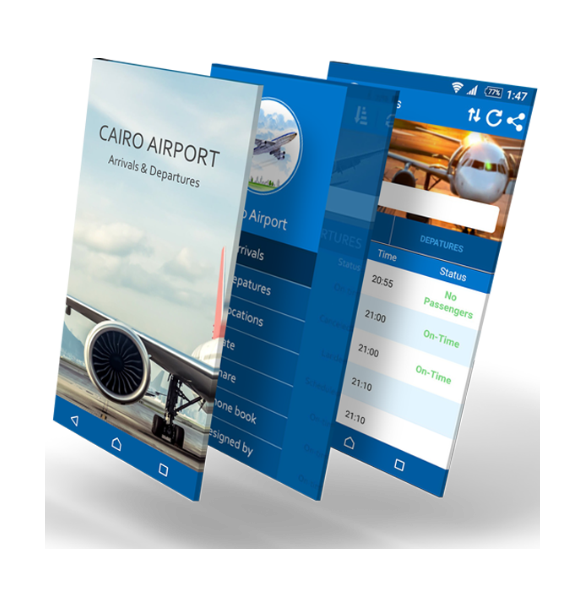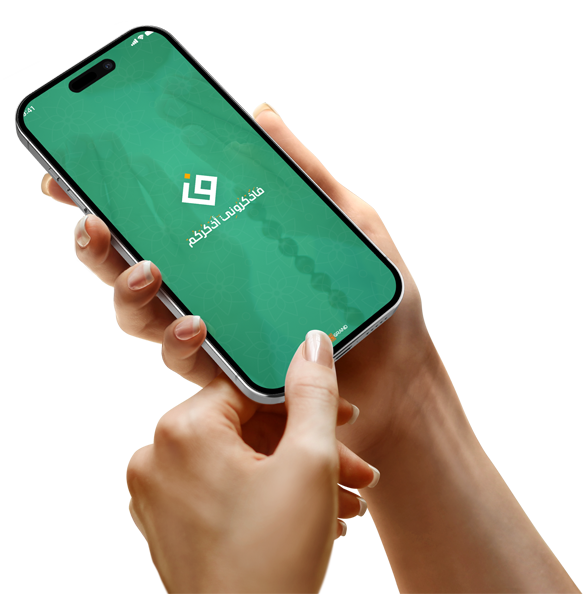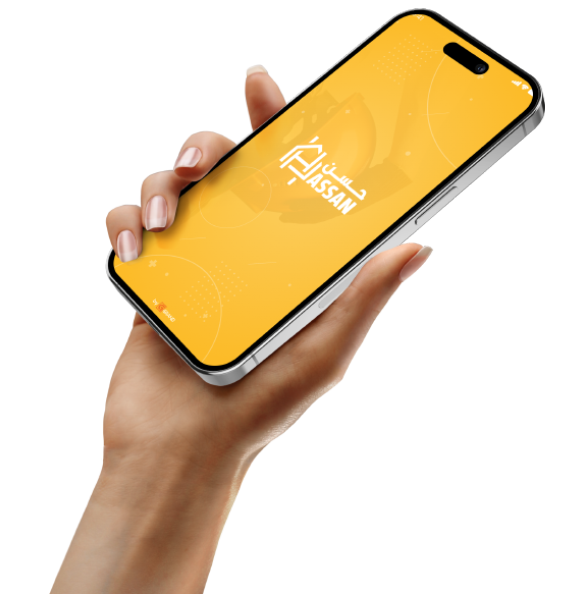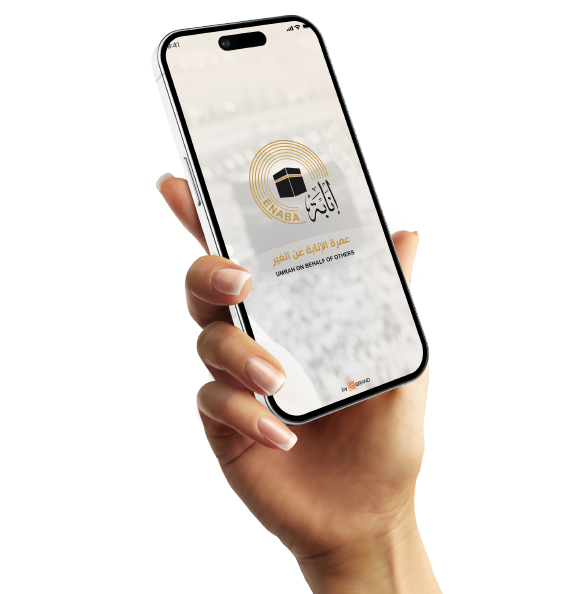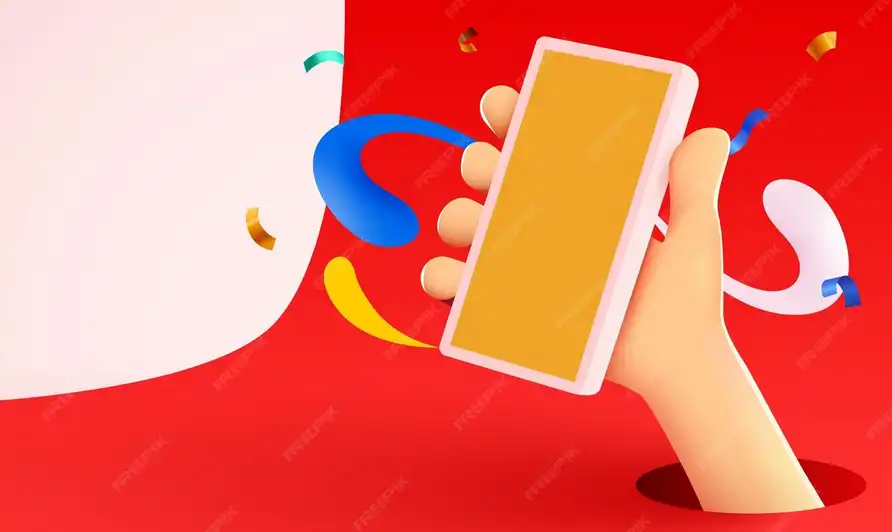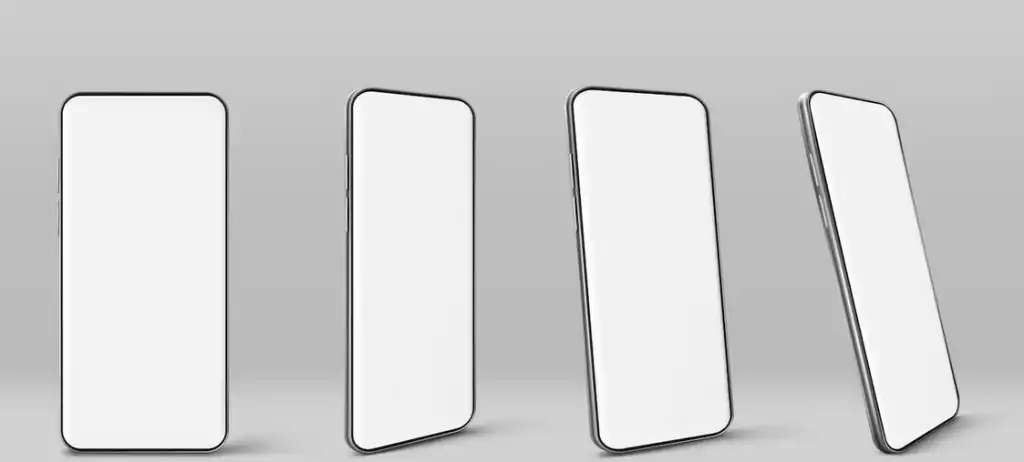Designing applications for an online marketplace for clothing and accessories
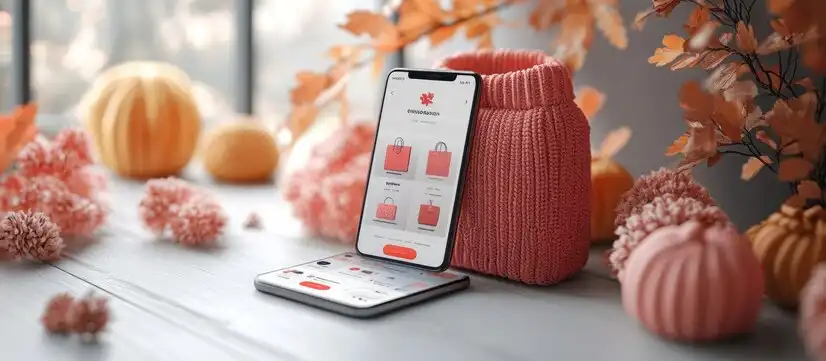
The Importance of Providing a Simple Shopping Experience in Clothing and Accessories Apps
The ease of the in-app shopping experience is one of the most important factors in converting visitors into repeat customers.
When app navigation is clear and the purchasing steps are simple, the user feels comfortable and confident.
The user should be able to browse sections, select a product, and add it to the cart in just a few steps.
The "Buy Now" button on the product page shortens the path to immediate purchase without complications.
It is best to limit the order completion steps to three steps: cart, address, and payment.
Supporting multiple payment options, such as credit cards, Apple Pay, and cash on delivery, satisfies a wider audience.
The cart page design should clearly detail each product, including the quantity, price, and delivery time.
The option to modify the quantity or remove a product directly from the cart provides flexibility for the user.
Adding progress bars to the purchase process gives the customer a sense of control.
Alerts the user when products are out of stock or when offers have expired prevent frustration.
Providing the ability to save addresses or enable geolocation to determine the address facilitates delivery.
Providing the option to sign in using Google, Apple, or as a guest makes purchasing faster.
A final review before payment to confirm the order reduces errors and returns.
Clearly displaying discount coupons during checkout encourages the user to complete the order.
Sending an immediate notification of order confirmation enhances trust and professionalism.
Enabling the user to track their order within the app step by step enhances transparency.

The Role of Smart Notifications in Boosting Sales Within the Clothing and Accessories App
Smart notifications play a pivotal role in motivating users to interact and purchase within the app.
They are not just traditional notifications; they are targeted marketing tools used intelligently to increase sales.
Sending a notification about a discount on a product a customer has previously viewed increases the purchase rate significantly.
Notifications can be customized based on user behavior, such as a notification about the arrival of a similar product.
Sending notifications about limited-time offers motivates the customer to make a quick decision.
Also, notifications that remind the user of an incomplete basket of products lead to significant sales recovery.
It is best to keep notifications short, engaging, and accompanied by an image or emoji.
Scheduling notifications at appropriate times (such as evenings or holidays) increases the chances of engagement.
Sending notifications for special occasions such as Eid, Black Friday, or the beginning of a season is very important.
Artificial intelligence can be used to determine the best time to send each type of notification.
Having in-app settings to control notifications gives the user freedom and convenience.
It's also useful to send reminders about reward points or personalized offers.
The more relevant the notifications are to the user's interests, the more effective they are.
A notification about the availability of a desired size after it sells out may bring back a user who has stopped using the app.
A notification about the arrival of a new collection in a section they follow may pique their interest in returning.
Educational notifications or fashion tips can also be sent to increase user engagement.
The goal is to ensure that the notifications don't feel intrusive or random.
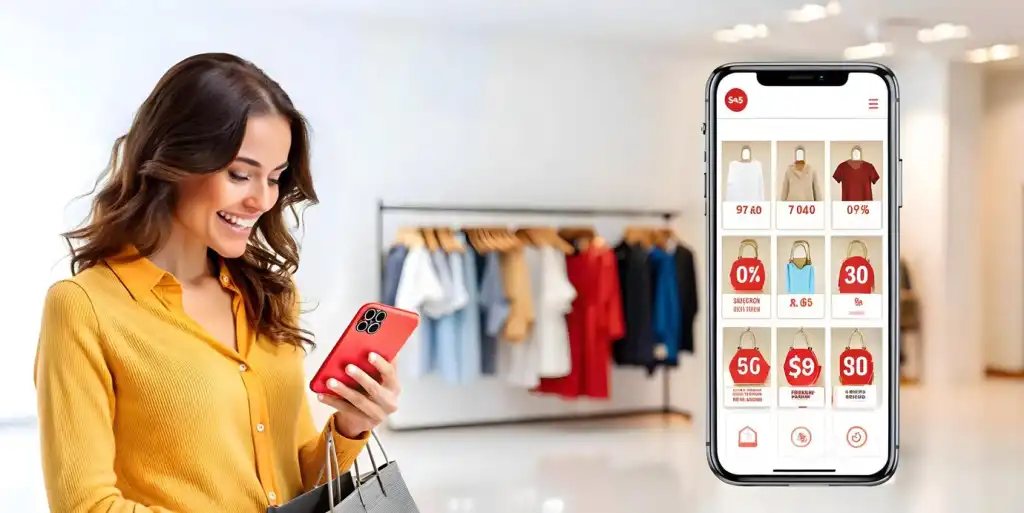
The Importance of Displaying Customer Reviews and Reviews in a Clothing and Accessories App
Displaying customer reviews and reviews within the app is one of the most important factors in building trust with new users.
Before a customer purchases any product, they always research other users' experiences and satisfaction with it.
Reviews act as an "indirect guarantor," reassuring the user before making a purchase decision.
It is preferable to display reviews based on a star system with the ability to write a text comment to explain the experience.
Displaying photos that customers attach to products after receiving them increases the app's credibility.
The more positive reviews a product has, the greater the chance of it being automatically sold.
Reviews also highlight products that need improvement or reconsideration.
Reviews are a true reflection of the quality of the product, delivery service, and technical support.
Detailed reviews give new users a realistic understanding of the size or fabric.
Reviews can be filtered by stars or recent rating, which helps with quick decision-making.
Encouraging customers to review after purchase through a message or reward enhances engagement.
The more engagement you have with the reviews section, the more likely you are to feel part of a vibrant community.
It's also a good idea to respond to reviews from technical support, especially if they are negative.
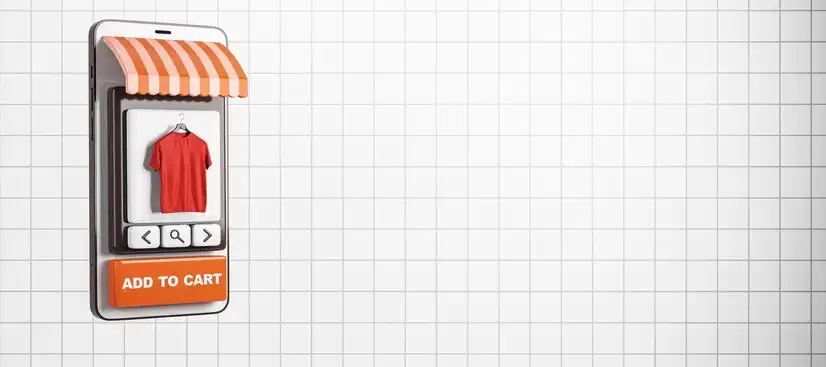
The Necessity of Providing Advanced Search Filters in Clothing and Accessories Apps
The presence of advanced search filters within a clothing app is essential for facilitating the user experience.
In a market containing hundreds of products, customers don't want to browse randomly; they want to quickly find what suits them.
Filters help customize the display to suit the user's tastes and needs.
The most important filters required are: type (men's, women's, children's), category (shirts, pants, dresses, etc.).
Filters should also be added based on size, color, price, and brand.
The "Available Only" filter is useful to avoid customer frustration when browsing unavailable products.
The "New Products" or "New Arrivals" filter satisfies the curiosity of fashion-conscious customers.
The "Offers and Discounts" filter targets those looking for affordable prices.
Allowing the results to be sorted (from cheapest to most expensive, from highest rated to newest) provides flexibility in browsing.
The easier and more responsive the filters are, the more effective the experience will be.
It's preferable to display the number of results next to each filter, such as "Shirts (230)" so the user understands the scope of options.
It's important that filters remain visible on the screen or are available through a clear button.
It's also preferable for the application to retain the selected filters even when returning to the page.
Search filters reduce the time the user spends finding what suits them.
The more accurate the results, the more likely they are to make a quick purchase decision.
Filters are also a way to accurately analyze customer behavior and preferences.



